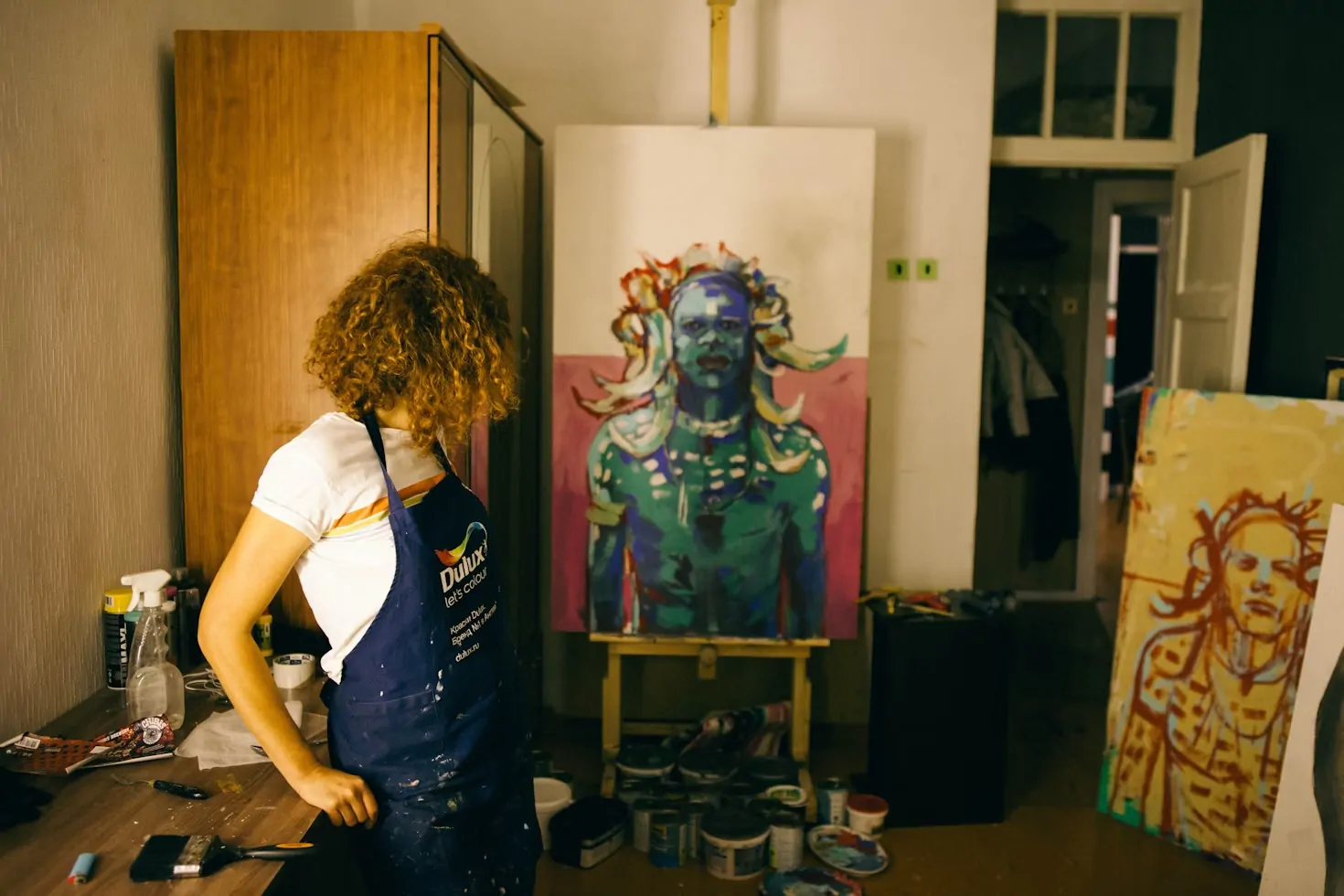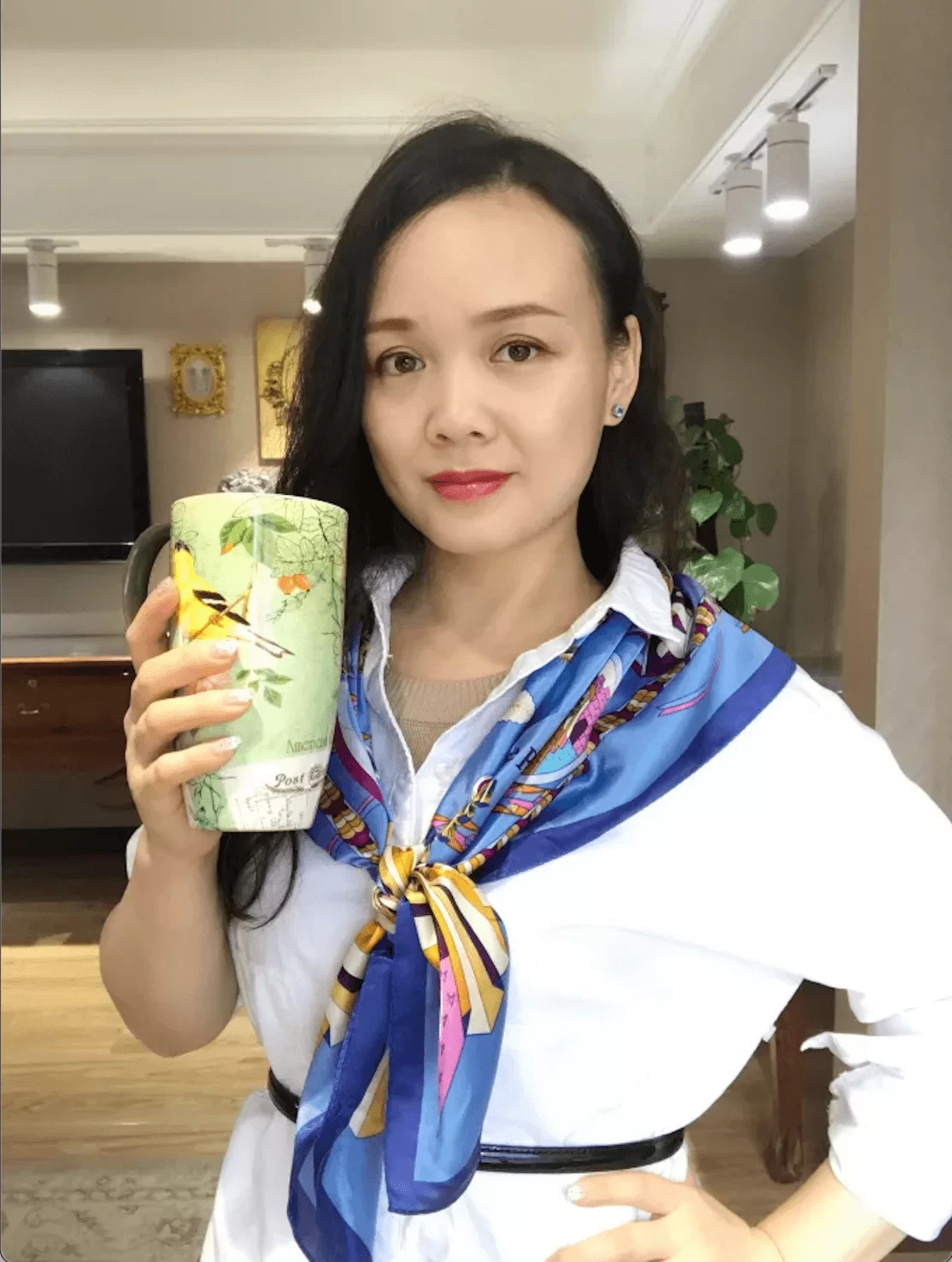Women’s Health Advocacy: How Creative Expression Empowers, Heals, and Educates in the Fight for Women’s Health
Art is often seen as a form of creative expression, but its role in shaping and influencing women’s health is more significant than many realize. Beyond aesthetics, art functions as a powerful medium for communication, education, and emotional healing.
Across history and cultures, women have used art to voice their experiences, challenge stigmas, and support one another through the complexities of health and wellness. This is particularly relevant even today, when you consider the challenges women have to deal with.
An article in Nature pointed out that women are 10% less likely than men to have their pain assessed with a numerical pain score upon arrival at the hospital. Moreover, after the initial assessment, they tend to wait thirty minutes longer than men in emergency departments.
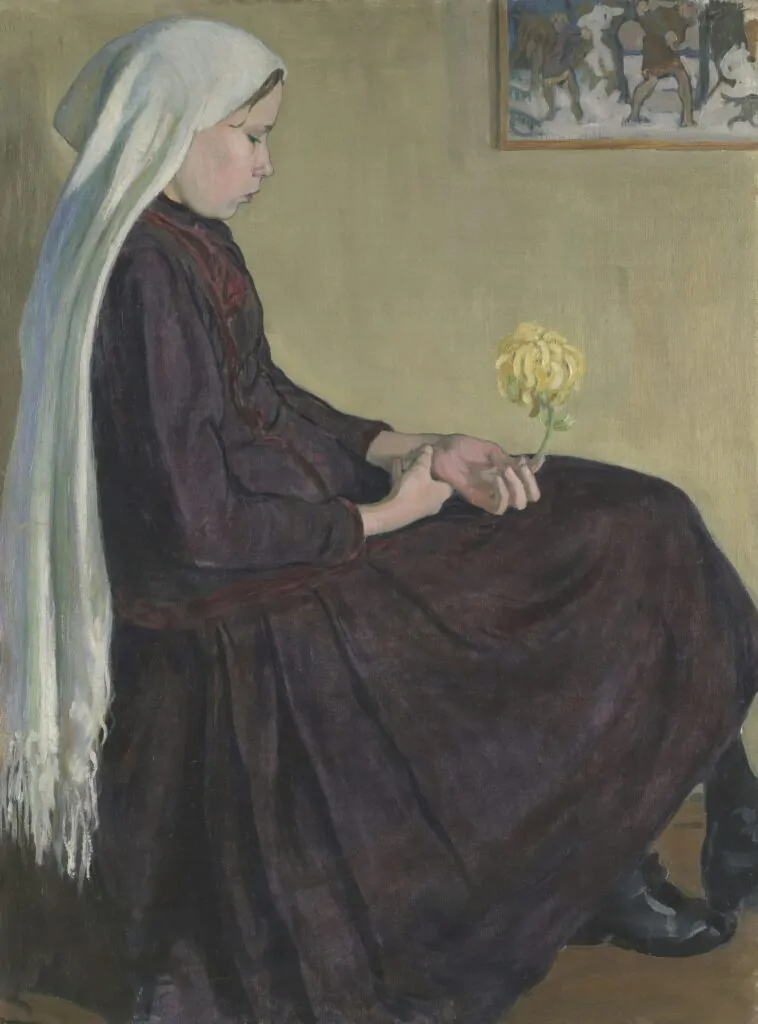
So, whether through visual installations, performance art, writing, or multimedia campaigns, art continues to uplift and empower women. In this article, let’s explore three ways that art makes an impact in the dimensions of awareness, mental well-being, and education.
#1. Art as a Platform for Raising Awareness
Art is uniquely positioned to raise awareness around health issues that disproportionately affect women. Visual and performance art can simplify complex medical conditions and translate them into relatable narratives that engage both the heart and mind.
For example, breast cancer awareness campaigns often include emotionally compelling photography, murals, and installations that spotlight survivors and educate viewers on early detection.
These artworks cut through the clinical language of medicine and make the issues feel personal, even urgent. There’s so much great art to be made on themes of betrayal of trust between healthcare systems and women. Just look at the whole Depo-Provera lawsuit controversy.
As TorHoerman Law explains, Pfizer is facing lawsuits because their injectable birth control shots appear to be causing brain tumors in women. It’s depressing, but good art that highlights such betrayals has a better chance of raising awareness than even ten online webinar workshops.
As one photographer put it succinctly, “Without the barrier of language, experience, or medical understanding, art can bridge a knowledge gap through creative connection.” She goes on to highlight that even if not everyone is an art enthusiast, one of the most healing aspects is creating a community where women are truly heard and uplifted.
#2. Art in the Context of Women’s Emotional and Psychological Wellness
Women often face unique emotional challenges related to identity, caregiving, body image, and trauma, all of which can take a toll on mental health. Here, art becomes more than a communication tool; it’s a therapeutic process.
According to a meta-analysis of 21 randomized controlled trials, art-based intervention in pregnant and postpartum women yielded great results. Indeed, researchers found the intervention significantly reduced anxiety and depression.
This is great news because, unlike traditional talk therapy, it allows individuals to externalize inner turmoil in a non-verbal, intuitive way. Painting, sculpting, journaling, or dancing can help women process trauma, gain insights into their emotions, and rebuild a sense of self.
This is especially critical in communities where mental health care is stigmatized or inaccessible. Art offers a more culturally acceptable outlet for healing. Moreover, community art projects and workshops also foster social bonds among women and reduce feelings of isolation.
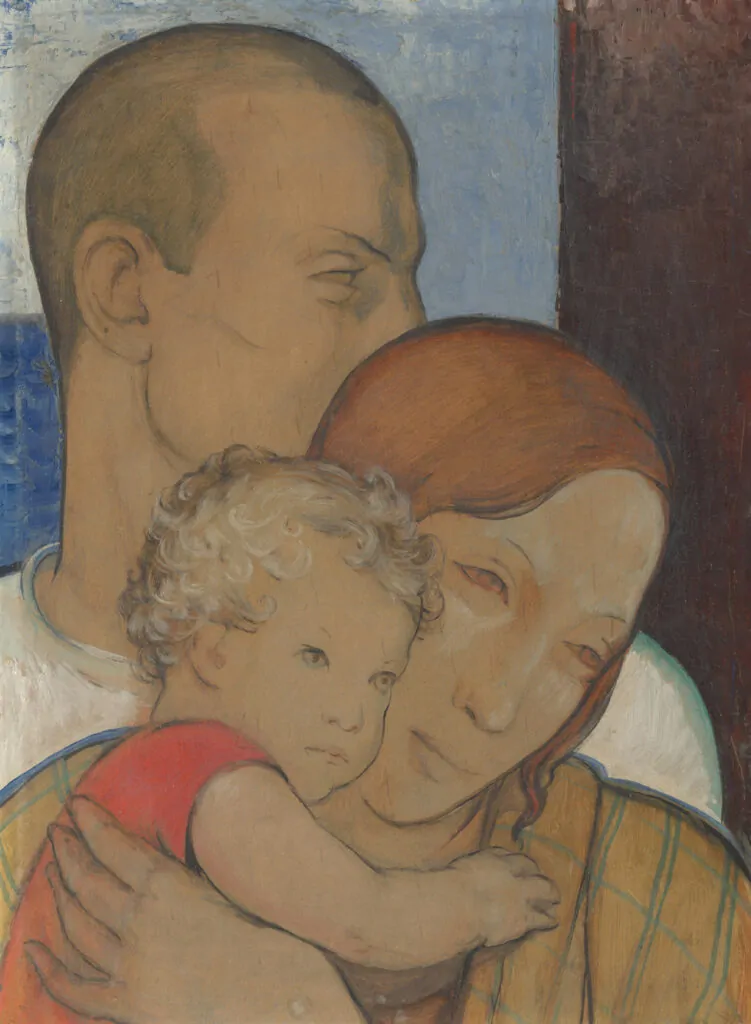
Whether it’s a storytelling circle or a collaborative mural project, these initiatives promote belonging and shared understanding. Art doesn’t need to be “professional” to be powerful; it just needs to be honest.
For many women, creating or engaging with art becomes a daily act of self-care, offering relief, perspective, and empowerment in the face of life’s stressors.
#3. Art’s Role in Health Education
Health education doesn’t have to come in the form of dry pamphlets or PowerPoint presentations. Art can radically reshape how health information is shared, making it accessible, emotional, and memorable.
Public murals, zines, comics, and street theater are now being used to communicate messages. These range from contraceptive options to cancer screenings, especially in areas where formal education is lacking.
For example, in some rural or immigrant communities, health educators use storytelling through visual art or folk music to discuss topics like maternal care or disease prevention. Such results were clearly seen when narrative art in the context of digital storytelling was used along with HPV vaccination campaigns. The method was surprisingly effective and was able to increase vaccination intent from 53% to 74% among Vietnamese American mothers.
These methods also respect cultural traditions while bridging critical knowledge gaps. When women artists illustrate medical bias, institutional neglect, or misdiagnoses through their work, they challenge the system and invite change.
Essentially, art allows women to speak on behalf of themselves and others, reframing the conversation from “patient” to “advocate.” It transforms health messaging from a one-way delivery into a dynamic dialogue. In doing so, it redefines what effective, inclusive education can look like.
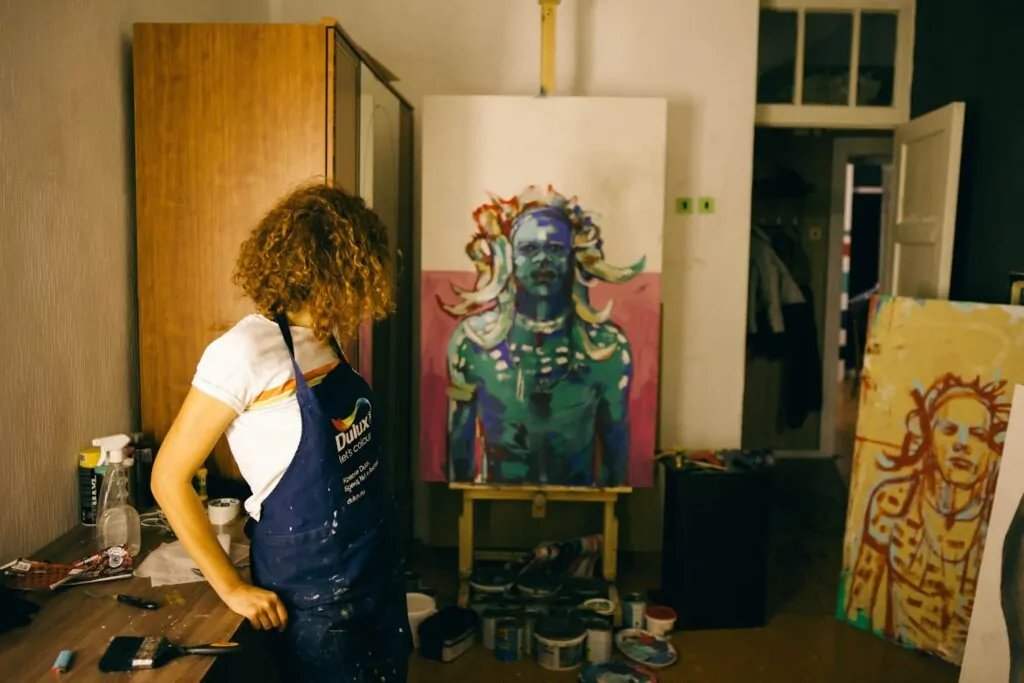
Frequently Asked Questions
1. What are the most significant barriers to women’s health?
The most significant barriers to women’s health include limited access to quality healthcare, especially in underserved areas, socioeconomic inequality, and cultural stigma. Additionally, underrepresentation in medical research often leads to misdiagnosis or delayed diagnosis of conditions specific to women.
2. What are the psychological and physiological benefits of the arts?
Engaging with the arts promotes mental well-being by reducing stress, improving mood, and promoting emotional expression. Physiologically, it can lower blood pressure and cortisol. Participation in artistic activities also enhances cognitive function, social connection, and overall quality of life.
3. What are the three elements of art therapy?
The three core elements of art therapy are the creative process, the therapeutic relationship, and symbolic communication. These components work together to help individuals explore emotions, develop self-awareness, and manage stress or trauma in a safe and expressive environment.
All in all, art’s influence on women’s health is a bold and necessary force. It challenges silence, resists oversimplification, and insists on visibility. As more women embrace artistic expression in both personal and public health spheres, we don’t just get more art; we get louder truths and stronger communities.


